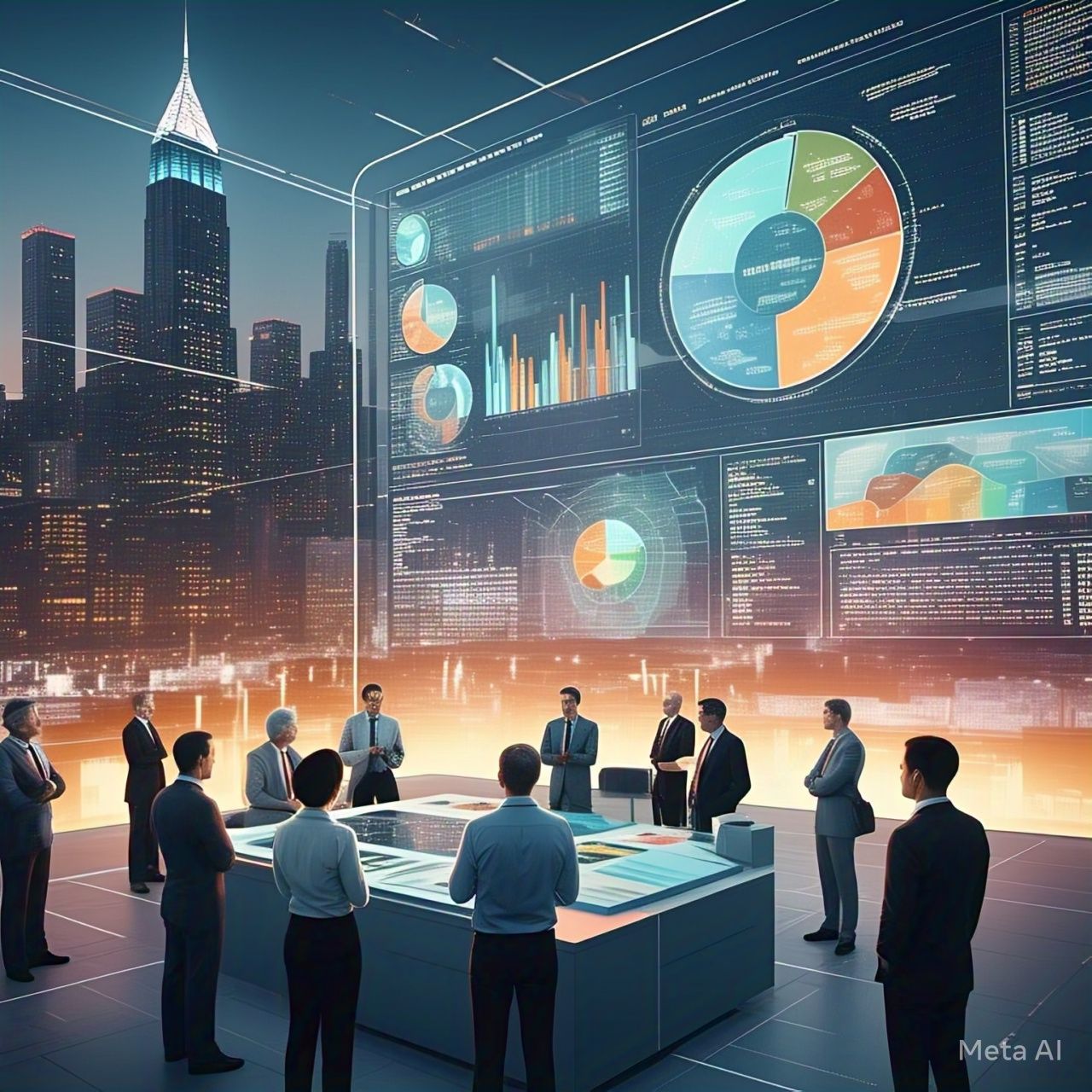Introduction
The integration of Artificial Intelligence (AI) into economic modeling is reshaping the way businesses, governments, and financial institutions make decisions. Traditional economic models, reliant on historical data and human interpretation, are being enhanced by AI-driven analytics, predictive modeling, and real-time data processing. This transformation is leading to more accurate forecasts, optimized resource allocation, and increased efficiency in economic planning.
The Evolution of Economic Models
Historically, economic models have been built using statistical and mathematical theories to predict market behavior. While effective, these models often struggle with dynamic and complex systems that require real-time adaptability. AI introduces machine learning algorithms that continuously refine and improve predictions by analyzing vast amounts of structured and unstructured data.
Key Differences Between Traditional and AI-Driven Models
| Feature | Traditional Economic Models | AI-Driven Economic Models |
|---|---|---|
| Data Processing | Static, historical data | Real-time, dynamic data |
| Adaptability | Limited to predefined rules | Continuously learning and evolving |
| Predictive Accuracy | Based on assumptions and past trends | Data-driven, pattern recognition-based predictions |
| Decision Making | Human interpretation required | AI-enhanced, automated insights |
AI’s Role in Economic Decision-Making
AI-powered economic models leverage several advanced technologies to enhance decision-making:
1. Machine Learning for Predictive Analytics
Machine learning algorithms analyze large datasets to identify patterns and correlations that humans might overlook. This improves economic forecasting in areas like inflation trends, GDP growth, and employment rates.
2. Natural Language Processing (NLP) for Market Sentiment Analysis
AI can process news articles, social media posts, and financial reports to assess public sentiment, helping policymakers and investors make informed decisions.
3. Automated Resource Allocation
AI-driven models optimize resource distribution by analyzing supply and demand in real time. This benefits sectors such as healthcare, logistics, and energy management.
4. Real-Time Economic Monitoring
Unlike traditional models, AI can monitor economic indicators in real-time, allowing businesses and governments to react proactively to economic fluctuations.
Applications of AI-Driven Economic Models
1. Financial Markets
AI enhances algorithmic trading by predicting market movements with high accuracy, reducing risks and improving investment strategies.
2. Government Policy Making
AI assists policymakers in designing data-driven economic policies that adapt to changing conditions and mitigate economic downturns.
3. Business Strategy & Supply Chain Management
AI helps businesses predict consumer demand, optimize pricing strategies, and improve supply chain efficiency.
Challenges and Ethical Considerations
While AI-driven economic models offer significant advantages, they also come with challenges:
- Data Privacy & Security: AI relies on massive data sets, raising concerns about user privacy and cybersecurity risks.
- Bias in AI Algorithms: If AI is trained on biased data, it may produce skewed results that reinforce economic inequalities.
- Job Displacement: Automation of economic decision-making could reduce the need for human analysts and economists.
The Future of AI in Economic Modeling
As AI continues to evolve, its role in economic decision-making will expand. Advancements in quantum computing, improved data governance, and ethical AI development will further refine these models. Governments and businesses that embrace AI-driven economic models will gain a competitive edge in an increasingly data-centric world.
Conclusion
AI-driven economic models represent a transformative shift in how economies are analyzed and managed. By leveraging machine learning, NLP, and real-time analytics, AI is driving more efficient and accurate economic decision-making. However, addressing ethical concerns and ensuring transparency will be key to maximizing its benefits. As we enter this new era, AI’s role in economics will continue to grow, reshaping financial systems and global markets for the better.




